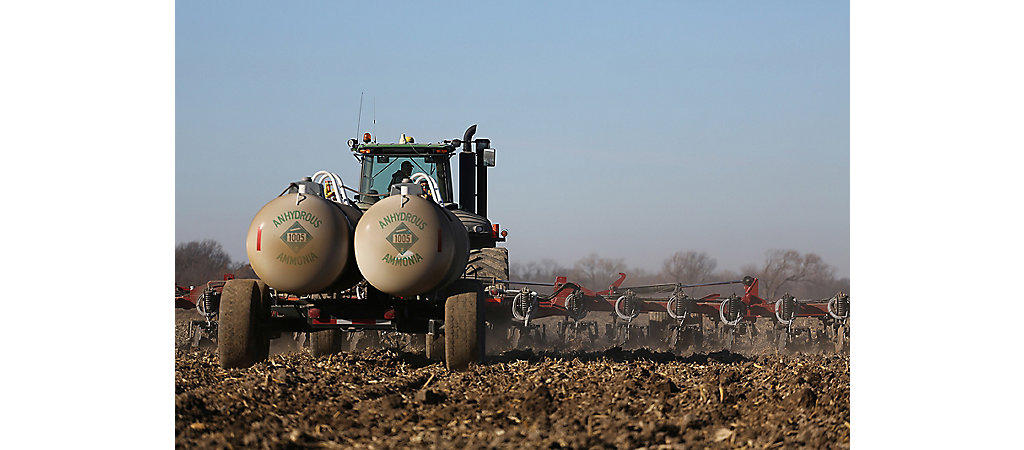Get the Max Out of Your Fall Anhydrous Ammonia Application

It’s almost time for fall anhydrous ammonia applications. If you’re planning to apply your own anhydrous this year, we have advice from Corteva Agriscience field scientist Mike Moechnig to help make sure you get the max out of that application.
Moechnig says it’s incredibly important to wait until weather and soil conditions are just right to apply anhydrous ammonia.
“Wait until soil temperatures are consistently below 50 F and above 32 F — when nitrification rates have slowed to preserve N into the following spring and before the ground has frozen. It’s best to apply anhydrous when there is some soil moisture to facilitate furrow closure and facilitate the conversion of ammonia to less volatile ammonium,” he says. “Also, avoid fall applications on sandy soils with low cation exchange capacity (CEC) values that may be highly susceptible to leaching.”
“Wait until soil temperatures are consistently below 50 F and above 32 F — when nitrification rates have slowed to preserve N into the following spring and before the ground has frozen.”
Here are three additional reminders from Moechnig:
Nitrogen is one of the most important factors to determine a good corn yield. It’s also, as you know, one of your most expensive inputs. With fertilizer prices rising sharply over the last year, Moechnig says, protecting that investment with a proven nitrogen stabilizer such as N-Serve is imperative this fall.
“Anhydrous is one of the best fertilizers for fall applications because anhydrous itself can inhibit Nitrosomonas for at least a short period of time. Nitrosomonas are the bacteria responsible for converting nitrogen to a highly leachable form via nitrification,” Moechnig explains. “Adding N-Serve can increase the magnitude and duration of the nitrification inhibition and help protect the nitrogen if there are unexpected periods of warm temperature after application. This can help minimize nitrogen loss prior to when the crop needs it the following spring.”
“Anhydrous is one of the best fertilizers for fall applications because anhydrous itself can inhibit Nitrosomonas for at least a short period of time.”
Moechnig says it’s also important to have equipment ready to roll quickly once the ground is fit for fall nitrogen applications. One of the most important pieces of equipment to prepare ahead of anhydrous ammonia applications is your pump for N-Serve. Here is an eight-step checklist:
Preparing ahead of time can help ensure everything goes smoothly. If you have any questions about your anhydrous application, you can always consult your local ag retailer or reach out to your Corteva Agriscience territory manager for more information.
Do not fall-apply anhydrous ammonia south of Highway 16 in the state of Illinois. Always read and follow label directions.
Find expert insights on agronomics, crop protection, farm operations and more.